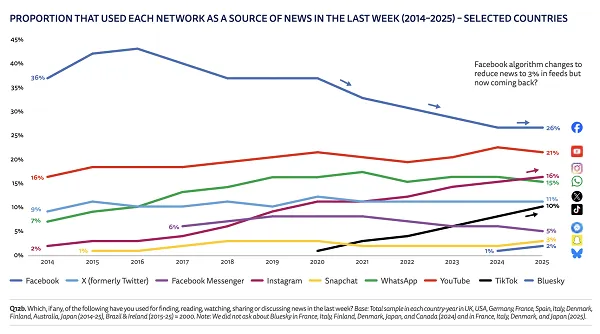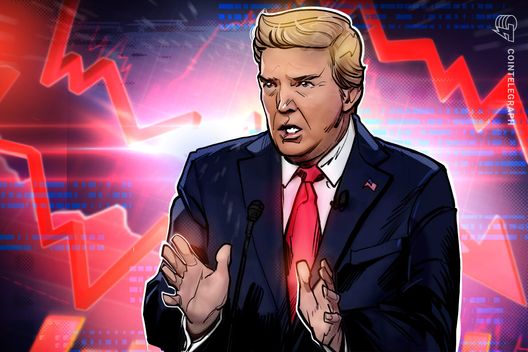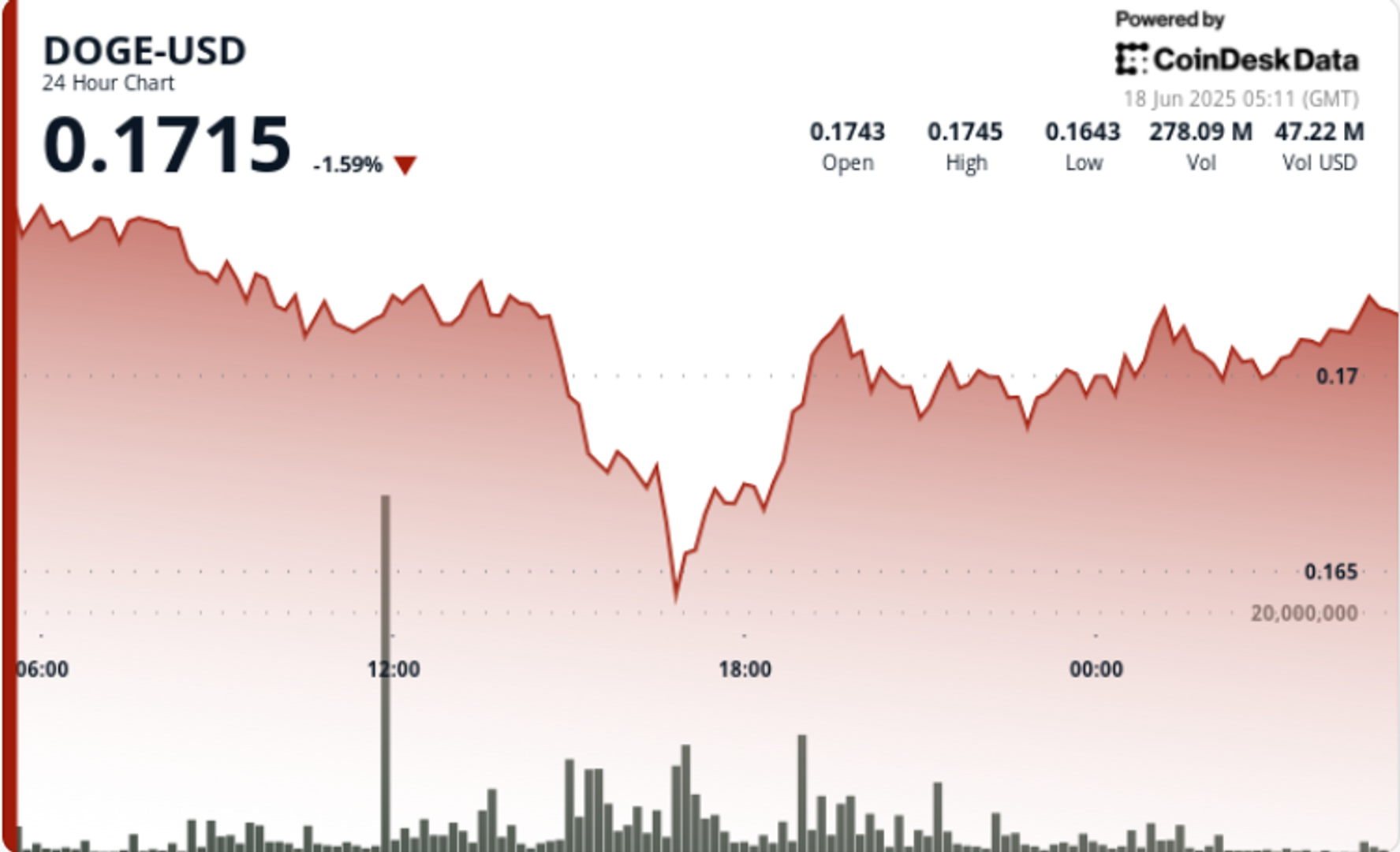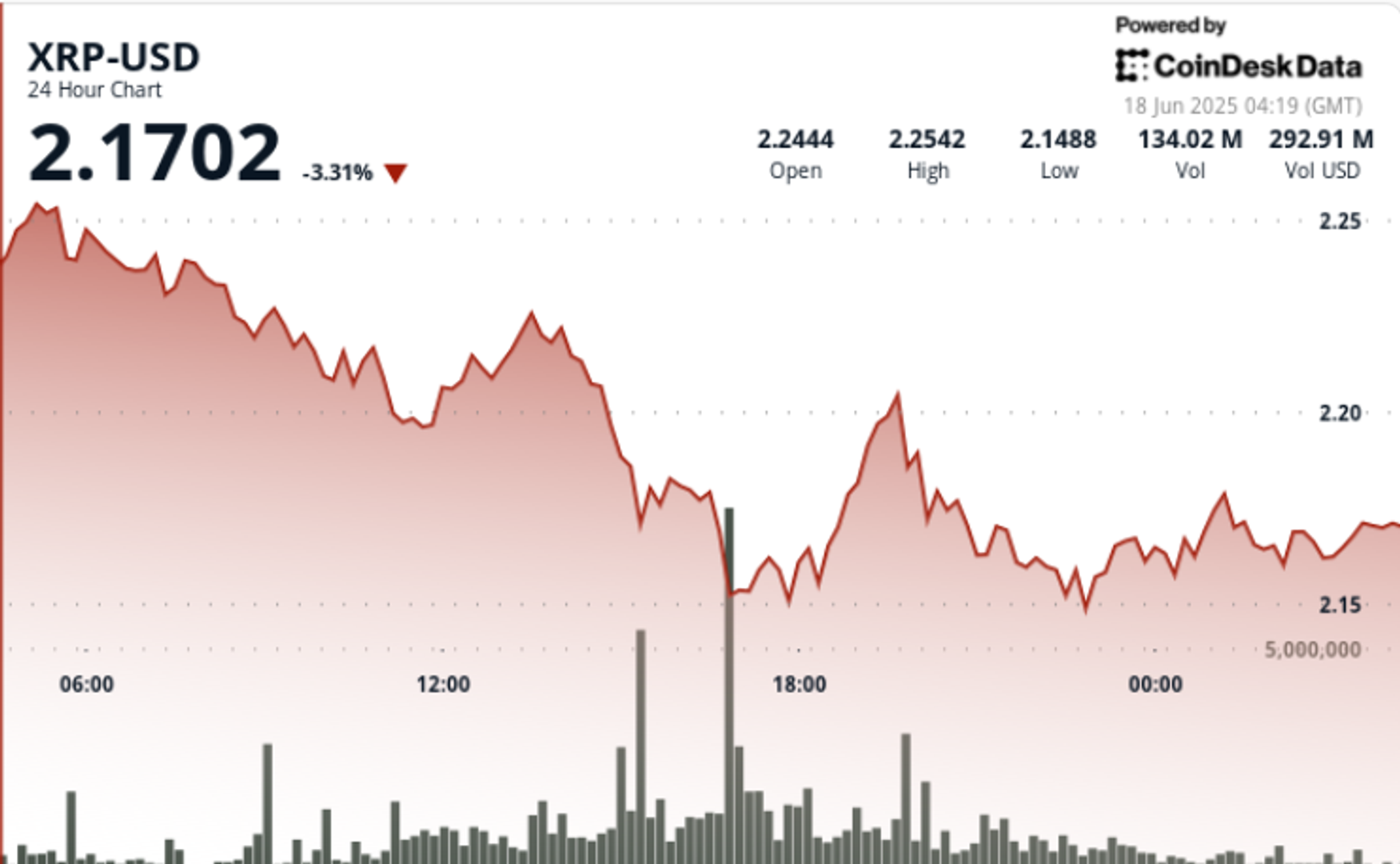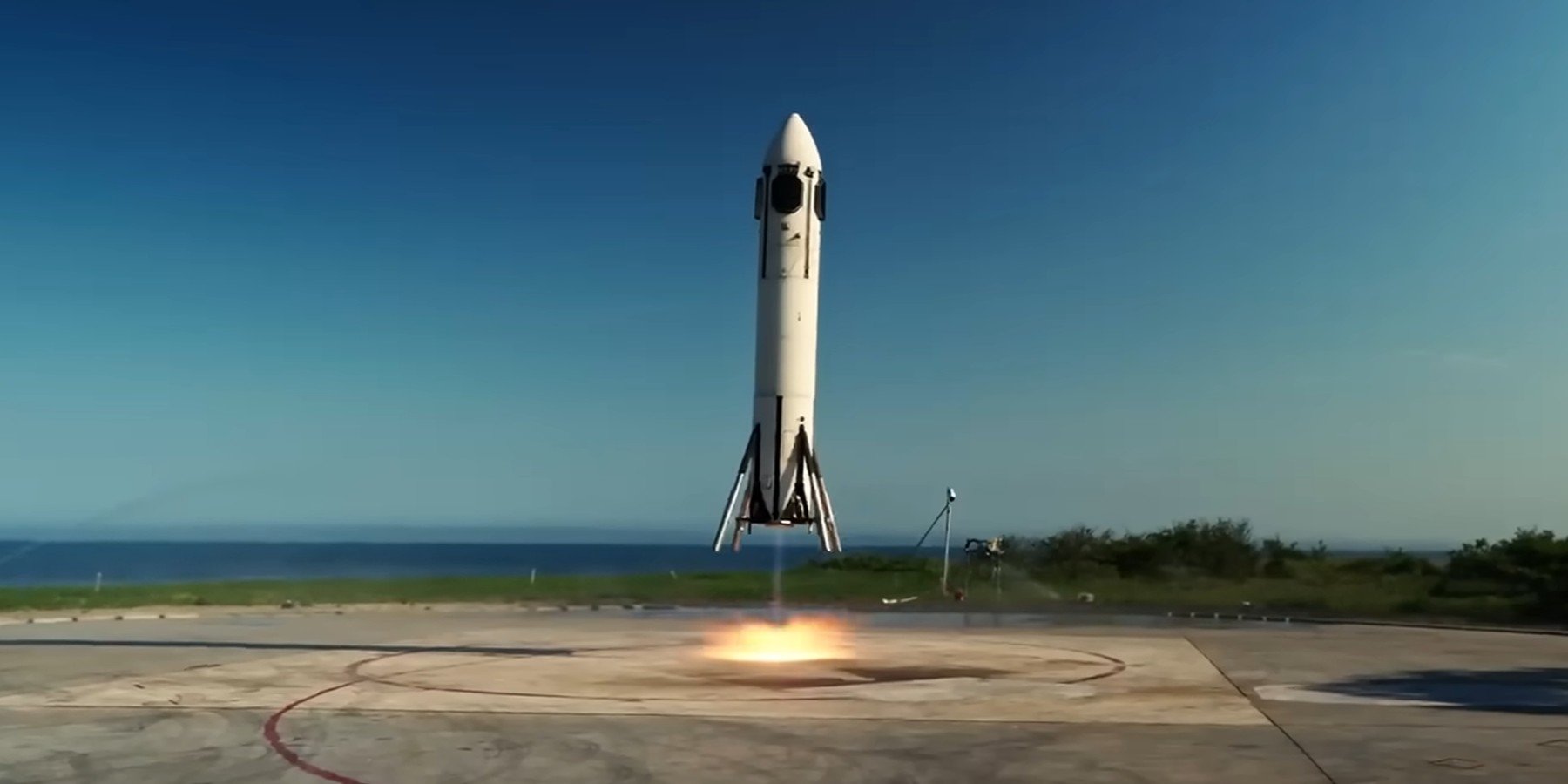Electric fleets as enablers of carbon credit monetisation
Electric fleets in commercial and institutional transport can generate verifiable carbon credits, unlocking new revenue streams while supporting climate goals. Yet in markets like India, regulatory gaps and low awareness are stalling progress.


As the world seeks to meet climate targets and limit global warming to 1.5°C, reducing transportation-related emissions has become a major focus. Urban mobility, particularly in corporate, commercial, and institutional mobility, is experiencing an almost unnoticed transition. One of the most impactful, and yet most underutilised, opportunities during this shift is carbon credit monetization through electric fleets.
Understanding the Carbon Credit opportunity
A carbon credit is equal to one metric tonne of carbon dioxide emissions removed from the atmosphere. These credits trade in compliance and voluntary markets to help companies and governments offset emissions. While sectors such as energy, agriculture, and manufacturing have contributed to these markets for some time, electric mobility is now getting into the game.
Electric vehicle (EV) fleets, especially in high-utilisation B2B or institutional settings, have been shown to reduce emissions against internal combustion engine (ICE) alternatives, and these reductions can be directly measured and monetized in the carbon markets if properly validated. The voluntary carbon market is growing quickly and is expected to reach $50 billion by 2030, according to McKinsey, and would provide significant financing for projects that can demonstrate a real, additional, and verifiable reduction in their emissions.
Why electric fleets stand out
Electric fleets operating in closed environments (i.e., employee transportation, logistics, ride services) have unique attributes which make them well-suited for carbon credit generation:
Data Traceability: Usually, these fleets will have GPS tracking and telematics to allow visibility into driven kilometers, energy usage, and usage characteristics.
● Predictable: The fixed routes and predictable usage provide consistent emissions baseline and allow for easy comparison post transition.
●Higher utilisation: Commercial fleets drive a larger number of hours and distance than private EVs, resulting in substantial emissions impacts.
●Renewable energy offset: The carbon savings achievable from Electric Fleets becomes even more spectacular when layered with renewable energy charging, (rooftop solar, or green power purchasing agreements), sometimes doubling the crediting potential.
Quantifying the impact
According to data from the International Council on Clean Transportation (ICCT) the average passenger diesel vehicle emits around 120-150 grams of CO₂ per kilometer. For a fleet of 100 electric vehicles that drive 100km/day, over the course of one year, they can eliminate over 400 tonnes of CO₂, assuming they displace their ICE counterparts.
Once avoided, emissions are well accounted for and verified in accordance with a methodology like Verra or the Gold Standard, it is possible to register them for carbon credits. In the global voluntary markets, these credits can receive values between $5 to $30 per tonne, depending on the location of the project, verification standards, and other co-benefits like social impact.
Challenges in the Indian context
Despite this potential, the Indian market is encountering some significant barriers:
● No Methodology: Currently, there is no nationally recognised carbon credit methodology for electric mobility in India and without this, and the general lack of standard wholesale methodologies, it is even more difficult to register with international carbon credit platforms.
● Verification Costs: The procedure to register and verify a carbon credit project includes technical audits, verifications with third-parties (standardized methods), and documentation which can be very costly for the smaller fleet operators.
● Lack of Awareness: There are a lot of actors in fleet electrification (i.e. corporates, operators, even policy makers) and many of them have little idea that deploying EVs can be linked to a measurable and traded climate asset.
Policy momentum and market signals
The policy landscape is changing fast. India’s Carbon Credit Trading Scheme (CCTS), introduced by the Ministry of Power in 2023, is a big step toward formalising the domestic carbon market. India’s initial focus is on the industrial sectors, but experts expect that future phases will likely expand to transport and mobility.
All over the globe, countries are establishing urban transport programs focused on generating carbon credits from low emission zones and electric fleets, including Colombia, Kenya and Chile. These provide comparable use cases that India can adopt in the country’s own fast-growing EV ecosystem.
The way forward
Unlocking carbon monetisation of electric fleets will require a multi-focal effort:
● Development of Standardised Protocols: National or sector protocols for electric mobility should be developed and adopted.
● Build Aggregation platforms: Digital platforms can aggregate small operators and track and bundle emission reductions for collective credit registration.
● Capacity building: High levels of awareness building and sharing of information on electric mobility across corporate sustainability teams, EV manufacturers and government stakeholders will be needed to promote widespread uptake.
Conclusion
Electric mobility is often framed as strictly a financial savings or emissions reduction equation. However, it is increasingly understood that electric mobility plays a role in climate finance. Electric fleets, particularly those deployed at scale in organised operational settings, are capable of generating carbon credits with actual, financial equivalent value through trading and other sales mechanisms.
As both carbon markets evolve and more and more buyers look to procure high-integrity carbon credits, the adoption of electric fleets can help stimulate early support of national climate goals and provide immediate opportunities for climate-related revenues for the trucking and transport industry. Transitioning to clean transport, when embedded in a strong carbon accounting process, can be more than a transition to more environmentally friendly fleet and transport options: it can enable a more viable economic transition.
Sources:
● McKinsey & Company – ‘A Blueprint for Scaling Voluntary Carbon Markets’
● International Council on Clean Transportation (ICCT) – ‘Real-world CO₂ emissions from passenger cars’
● Ministry of Power, Government of India – Carbon Credit Trading Scheme (CCTS), 2023
● Verra & Gold Standard – ‘Methodologies for Transport Emissions Reductions’
Edited by Megha Reddy
(Disclaimer: The views and opinions expressed in this article are those of the author and do not necessarily reflect the views of YourStory.)




